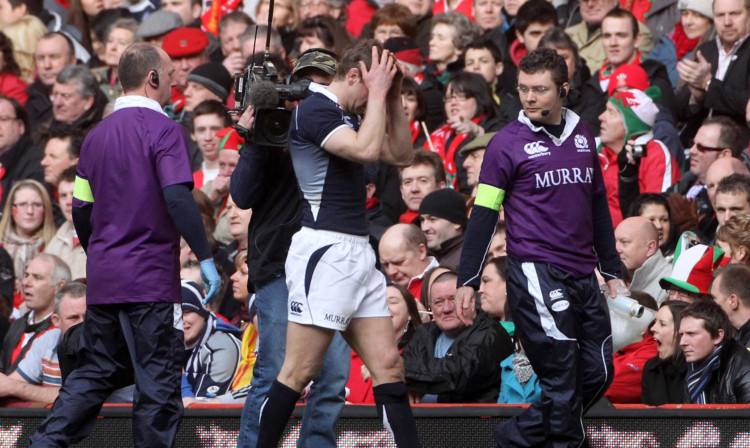
Rugby needs to manage ensure head injuries are top safety priority.
Last month there was a landmark ruling in the US which granted $765 million to American Football players suing the NFL.
The claim is that the NFL hid the dangers of brain injury while profiting from the sport’s violence.
It was a ruling which opened the door for future actions and the possibility of extending the precedent beyond American Football.
Rugby has not been short of controversy in this area.
Protocols for head injuries have changed from the three week mandatory suspension from playing after a concussion to the rather bizarre five-minute pitch-side assessment last year.
I’m sure many fans can remember George Smith against the Lions looking almost out on his feet after a head knock, then returning to the fray five minutes later.
Most observers would have considered Smith to have been ‘out of it’ and therefore unable to continue in such a physical contest.
I (sort of) recall playing in a John Player Cup Final at Twickenham for Bath.
Minutes into the game I was concussed and completely oblivious to what was going on around me.
At one scrum I turned to the hooker to find that the substitute was on. I asked him what had happened to the starting hooker, to be told he’d been replaced about 20 minutes before!
After the game I was violently ill and had an incredibly painful headache for a day or two. There was no doubt I’d been seriously concussed, but no-one knew.
In one international match on tour one of Scotland’s best known players was concussed.
He was encouraged to leave the field clutching his shoulder. If anyone knew he’d been concussed his tour would have been over and he would have missed the two test matches.
His shoulder made a remarkable recovery and he played in both games!
So there is pressure on all fronts and no player wants to miss out on playing the game. But the reality is that when they were playing, few players really understood what the long-term implications of head trauma were.
Only now are the consequences beginning to be revealed and in the US, there is understandable anger hence the lawsuit.
Concussions have to be treated seriously and many experts in the field of head injuries are campaigning to raise awareness of the long-term implications of concussions so they’re properly treated when they occur.
Concussions are always going to be a part of rugby and the risks never put me off playing. However I’m beginning to wonder how this is going to affect me in my later years.
Rugby needs to ensure it reduces the risk and manages this critical area as best it can.

Enjoy the convenience of having The Sunday Post delivered as a digital ePaper straight to your smartphone, tablet or computer.
Subscribe for only £5.49 a month and enjoy all the benefits of the printed paper as a digital replica.
Subscribe